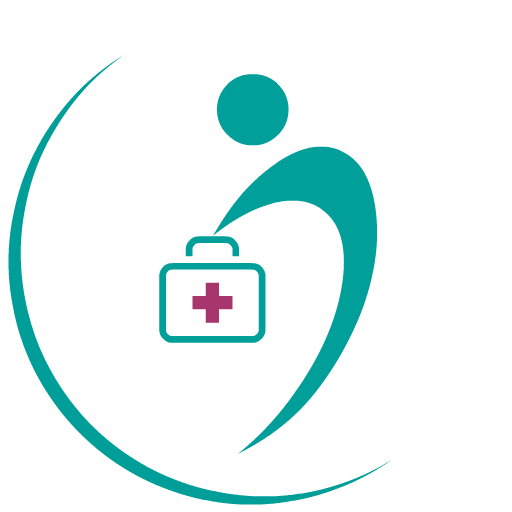Blood is a crucial element of the human body responsible for carrying essential substances and waste around the body.
It is composed of plasma, red and white cells, and clotting factors that work together to transport oxygen, hormones, sugars, and other substances around the body.
Hematologists specialize in blood-related diseases such as blood vessel diseases, blood clotting disorders, and bone marrow issues.
They also investigate the human immune system's many functions.
Structure
The main components of blood are:
plasma
red blood cells
white blood cells
platelets
Plasma
Blood plasma, a critical component of human blood, is composed of 92% water and the rest consisting of glucose, hormones, proteins, minerals, salts, fats, and vitamins.
The remaining 45% of our blood is made up primarily of red and white blood cells as well as platelets - all essential to keeping our blood running smoothly.
Red blood cells, or erythrocytes
Red blood cells, which have a rounded disc shape, are known for delivering oxygen to the body's organs and tissues.
Containing iron-rich proteins known as hemoglobin, these cells carry oxygen to their destination and typically survive within the body for around 4 months.
At any given time, the human body is constantly producing new red blood cells at an astonishing rate of about 2 million per second!
The expected amount of red blood cells in a single drop (microliter) of blood is 4.5–6.2 million in males and 4.0–5.2 million in females.
White blood cells, or leukocytes
White blood cells, also known as leukocytes, are the body's main defense against infection and disease.
Produced in the bone marrow, these cells provide immunity to illnesses by attacking invading organisms and stopping them from spreading further throughout the body.
While red blood cells transport oxygen around the body, white blood cells work as attackers, targeting viruses and bacteria that can cause harm.
An average adult has about 4-11x10 9 white blood cells circulating in their bloodstream at any given time.
Platelets, or thrombocytes
Platelets are cellular fragments found in the blood that play an essential role in hemostasis and wound healing.
They interact with certain clotting proteins to stop bleeding, with a normal blood count generally ranging from 150,000 to 400,000 platelets per microliter of blood.
Platelets are produced by the bone marrow and enter the bloodstream along with red and white blood cells.
From there, they are circulated around the body by the heart via the vascular system with the help of plasma, which is composed mostly of absorbed water from digested food and fluids.
Functions
Blood is essential to human life and what we need to survive. It has several key functions that are fundamental for sustaining life, such as supplying oxygen and nutrients to our cells and transporting carbon dioxide and other waste products away from them. Moreover, blood helps to protect us from invaders, maintain body temperature and facilitate clotting. For this last function, the tiny platelets in blood aggregate together at the site of an injury so as to form a clot that stops bleeding, helping protect the wound from infection.
Blood Groups
There are four blood types: A, B, AB, or O. Also, blood is either Rh-positive or Rh-negative. So if you have type A blood, it's either A positive or A negative. Which type you are is important if you need a blood transfusion. The Rh factor of a pregnant women could be important as an incompatiblity between her type and the foetus's type could create a problem.
Blood Tests
Blood tests such as blood count tests help doctors check for certain diseases and conditions. They also help check the function of your organs and show how well treatments are working. Problems with your blood may include bleeding disorders, excessive clotting and platelet disorders. If you lose too much blood, you may need a transfusion.
Disorders
Disorders and diseases of the blood can impair the many functions that blood performs.
Some common blood disorders are:
Anemia: This happens when there are low red blood cell or hemoglobin levels meaning the cells do not transport oxygen effectively, leading to fatigue, pale skin, and other symptoms.
Blood clotting: Clotting helps wounds and injuries heal, but blood clots that form inside a blood vessel can create a blockage, which can be life threatening. If clots become dislodged and move through the heart to the lungs, a pulmonary embolism can form.
Blood cancers: Cancers such as leukemia, myeloma, and lymphoma occur when blood cells start to divide uncontrollably without dying off at the end of their life cycle.
Hemophilia: If a person has low levels of clotting factors in the blood, they can bruise or bleed very easily. They may bleed for too long after a minor injury or surgery, or during menstruation.
Sickle cell disease: An inherited trait causes red blood cells to take on a crescent shape. It can severely impact how blood functions and can be life threatening.
Thalassemia: This is also a type of inherited anemia in which the body produces an unusual form of hemoglobin.
If symptoms suggest a person may have a blood disorder, they should seek medical advice. A doctor may refer them to a specialist in blood disorders, known as a hematologist.
Blogs
Stay connected to health experts and read what they have to say via DocSmart.
Please sign up to create your own blog





